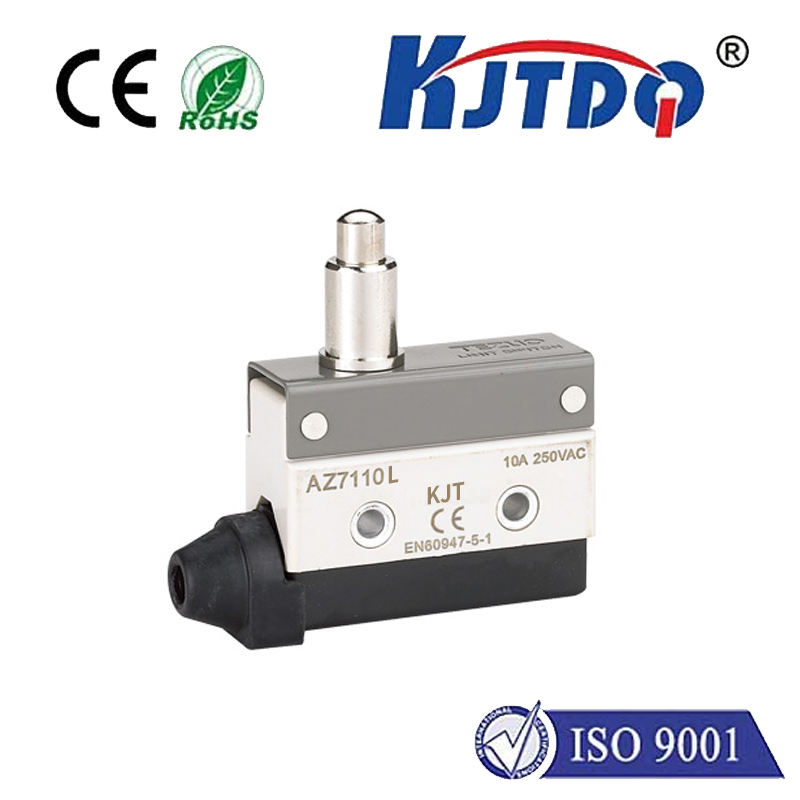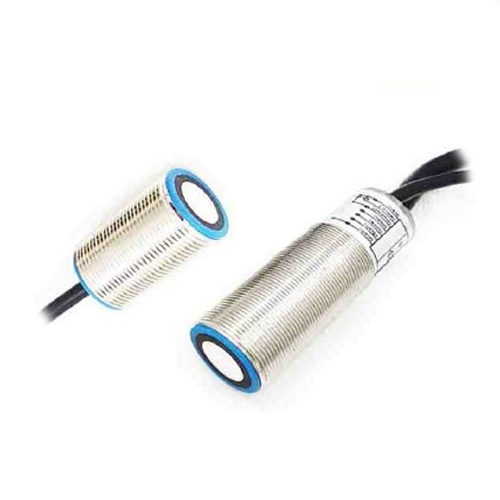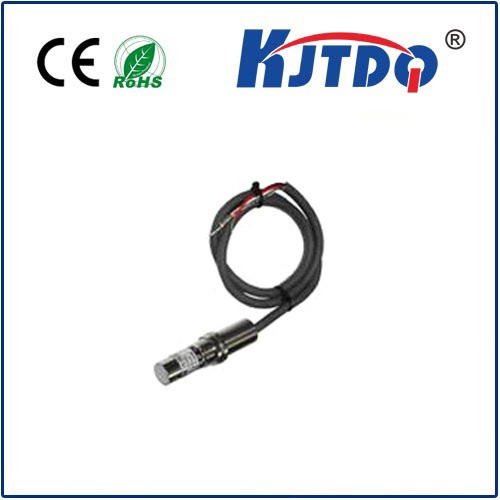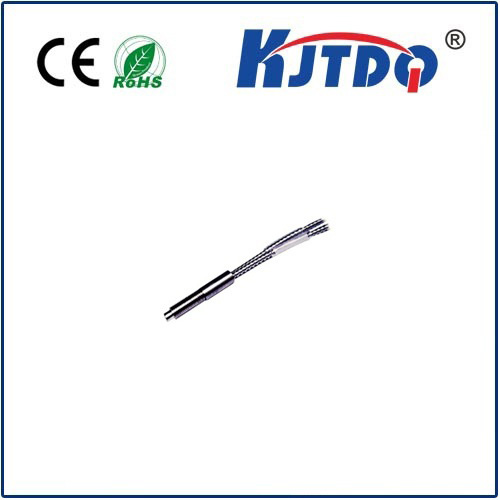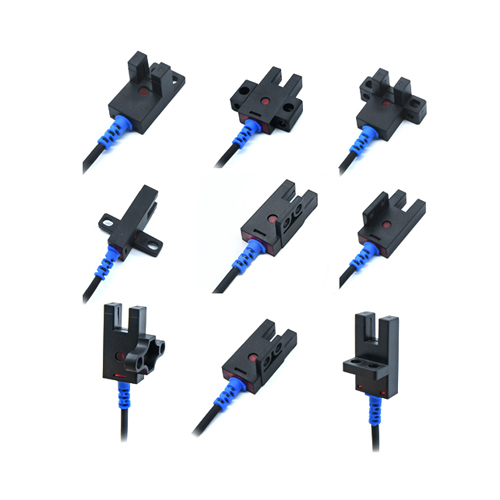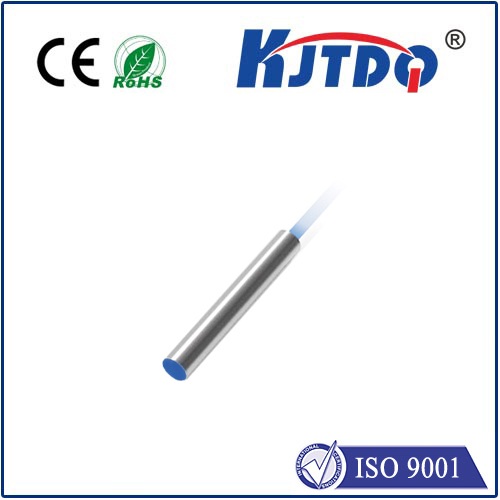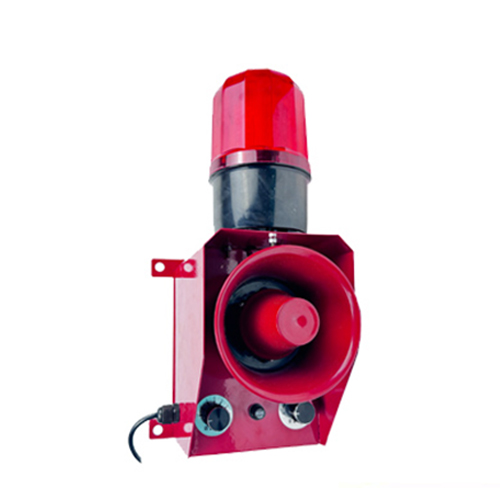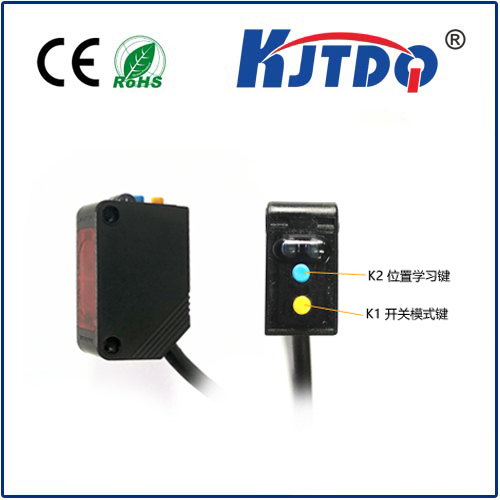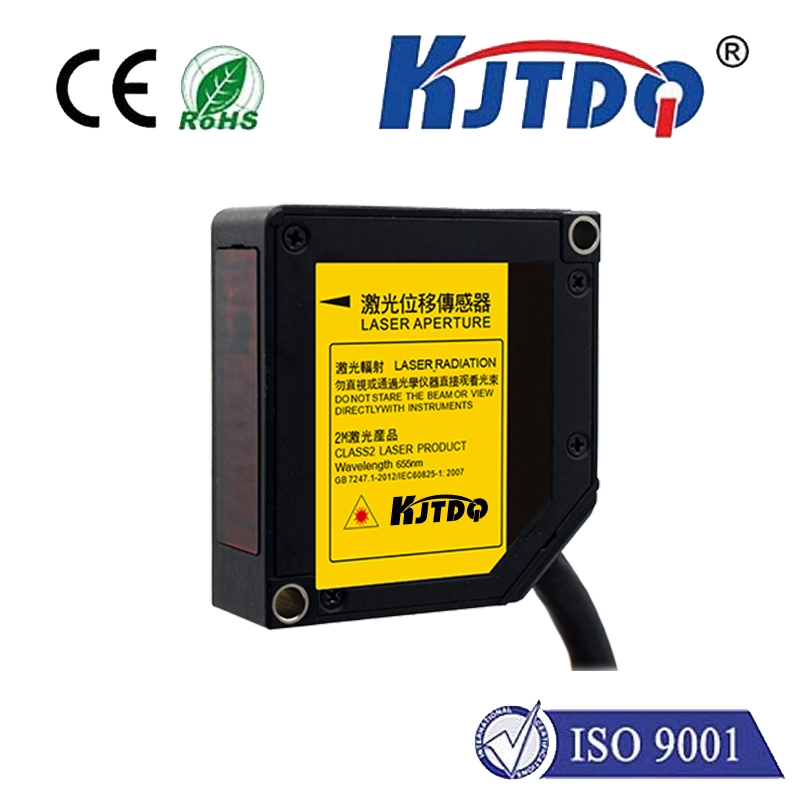Magnetic Pickup Sensors: The Unsung Heroes Revolutionizing Product Development Imagine a world where machines communicate silently, musical instruments capture every nuance of vibration, and industrial systems self-diagnose with uncanny accuracy. At the heart of these advancements lies a small yet transformative component: the Магнитный приемный датчик. From electric guitars to automotive systems, this unassuming technology is reshaping how we design, innovate, and interact with products.
А.Магнитный приемный датчик operates by detecting changes in magnetic fields, converting mechanical motion or proximity into electrical signals. Unlike optical or capacitive sensors, it thrives in harsh environments—resisting dust, moisture, and temperature fluctuations. This durability makes it indispensable for industries demanding reliability, such as automotive manufacturing and heavy machinery. For instance, in electric guitars, magnetic pickups translate string vibrations into rich, amplified sound. This same principle applies to industrial settings, where sensors monitor rotating machinery, ensuring real-time performance data without physical contact.
Modern vehicles rely on magnetic sensors for critical functions. Anti-lock braking systems (ABS) use them to monitor wheel speed, while electric power steering systems depend on their accuracy for responsive control. With the rise of electric vehicles (EVs), these sensors are now pivotal in managing battery efficiency and motor synchronization.

From smartphones to smartwatches, magnetic sensors enable features like auto-rotate screens and contactless charging. In wireless earbuds, they ensure seamless pairing by detecting when devices are placed in their cases.
In Industry 4.0, magnetic pickups serve as the “eyes and ears” of automated systems. They track conveyor belt speeds, detect gear positioning in robotics, and even predict equipment failures through vibration analysis. Companies like Siemens and ABB integrate these sensors to minimize downtime and optimize production lines.
The iconic sound of electric guitars owes its existence to magnetic pickups. By capturing string oscillations, they transform analog vibrations into electrifying music. Innovations like noiseless pickups now cater to audiophiles demanding studio-quality clarity.
Designers and engineers increasingly favor magnetic pickup sensors for three reasons:
The global magnetic sensor market, valued at $5.2 billion in 2023 (Grand View Research), is projected to grow at 8.5% annually. Key drivers include:
As industries push boundaries in automation, sustainability, and user experience, magnetic pickup sensors remain at the forefront of this evolution. Their ability to merge robustness with precision ensures they’ll continue to unlock possibilities we’ve yet to imagine—one magnetic pulse at a time.
